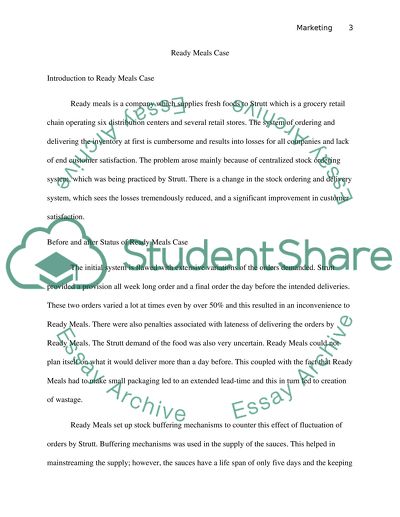Cite this document
(“Zara and Ready Meals Case Study Individual Report Essay”, n.d.)
Retrieved from https://studentshare.org/marketing/1450296-zara-and-ready-meals-case-study-individual-report
Retrieved from https://studentshare.org/marketing/1450296-zara-and-ready-meals-case-study-individual-report
(Zara and Ready Meals Case Study Individual Report Essay)
https://studentshare.org/marketing/1450296-zara-and-ready-meals-case-study-individual-report.
https://studentshare.org/marketing/1450296-zara-and-ready-meals-case-study-individual-report.
“Zara and Ready Meals Case Study Individual Report Essay”, n.d. https://studentshare.org/marketing/1450296-zara-and-ready-meals-case-study-individual-report.


